River noodles, a strange name but has long been a refreshing dish of the locals. This aquatic species only appears seasonally, mainly from February to April of the lunar calendar, when the river water warms up and the ecosystem under the river begins to flourish.
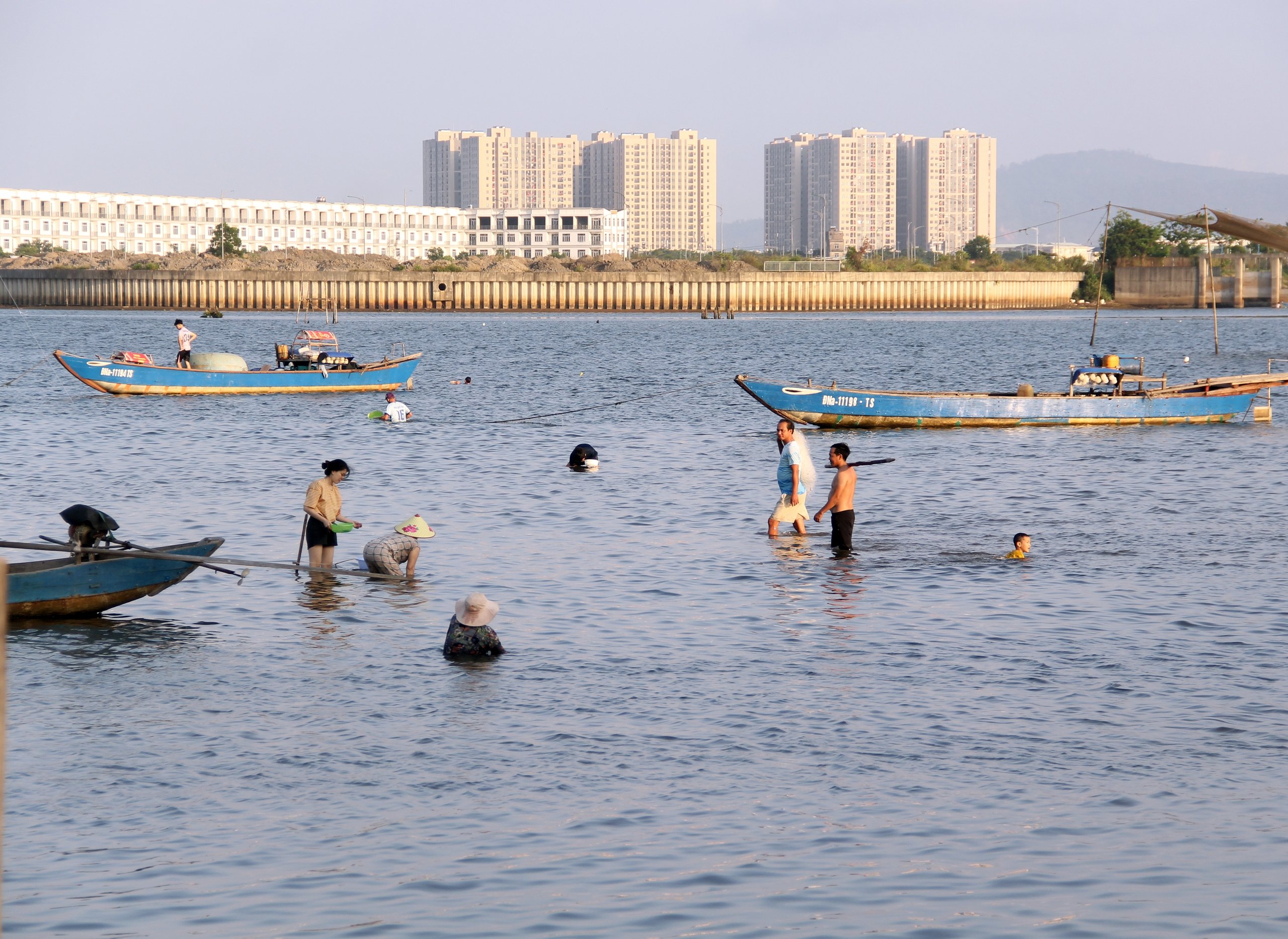
From 3 p.m., when the water recedes, people in Thuy Tu area and some tourists go to Cu De river to find unique products such as river noodles.
PHOTO: HAI YEN
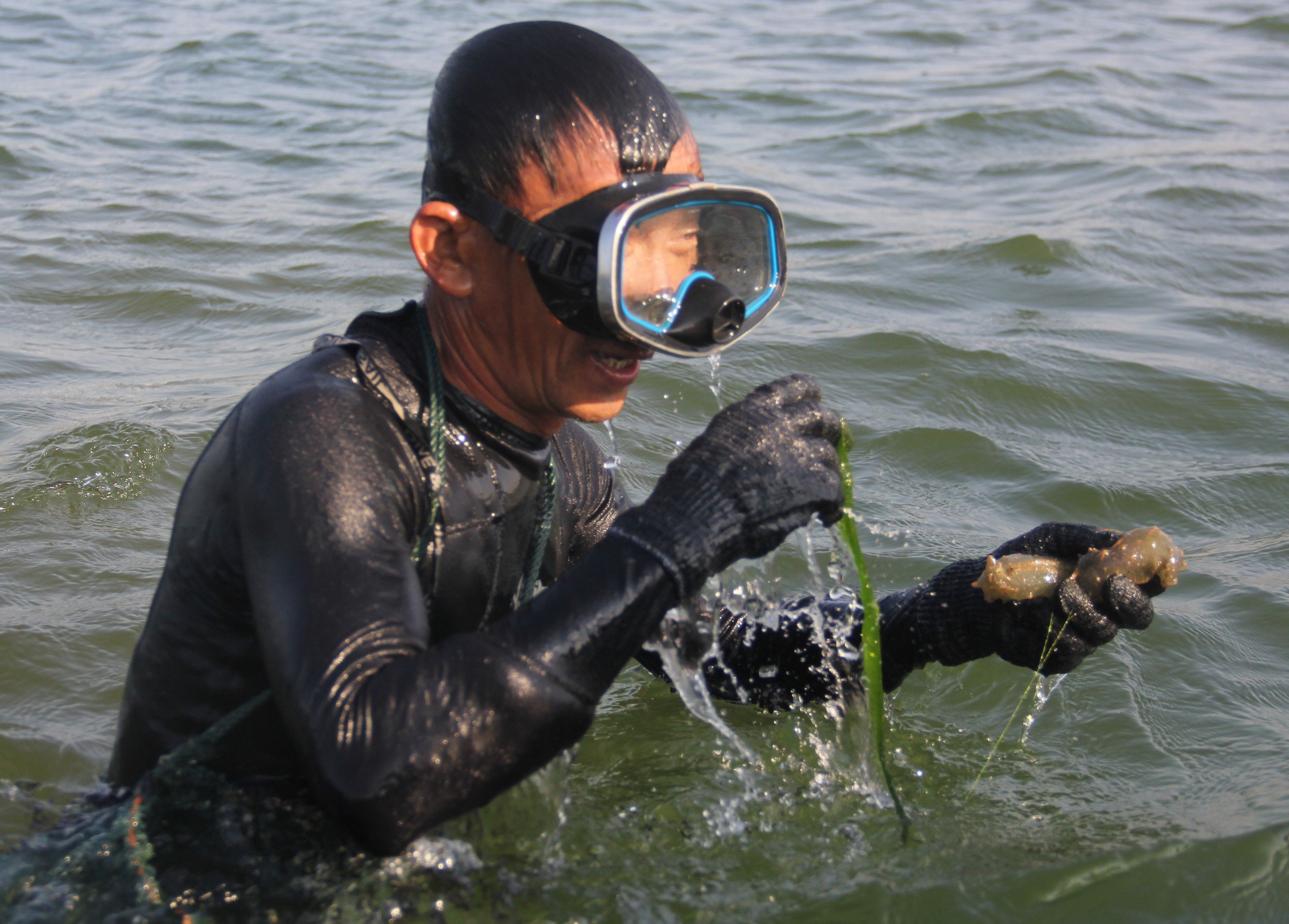
With diving suits to keep their bodies warm, fishermen dive to catch mother noodles
PHOTO: HAI YEN
People often cast nets or dive to harvest river noodles. River noodles come in two forms, including mother noodles and child noodles.
Bun me is as big as a palm, rough, often called "sea rabbit". Although the name has nothing to do with its shape, fishermen call it by the people, no one knows who named it or when it was created. People also do not eat bun me, because bun me produces long, curled egg strands like vermicelli rolls, people call it bun con.
Locals believe that the mother vermicelli is related to the sea cucumber, has a soft body, is opaque gray, has small spines around its body and can secrete a purple-black liquid when in danger. Each mother vermicelli can lay thousands of eggs, which then gradually disintegrate in the water.
Therefore, when realizing the special role of mother crabs, people often release them back into the water to continue the next reproductive cycle.
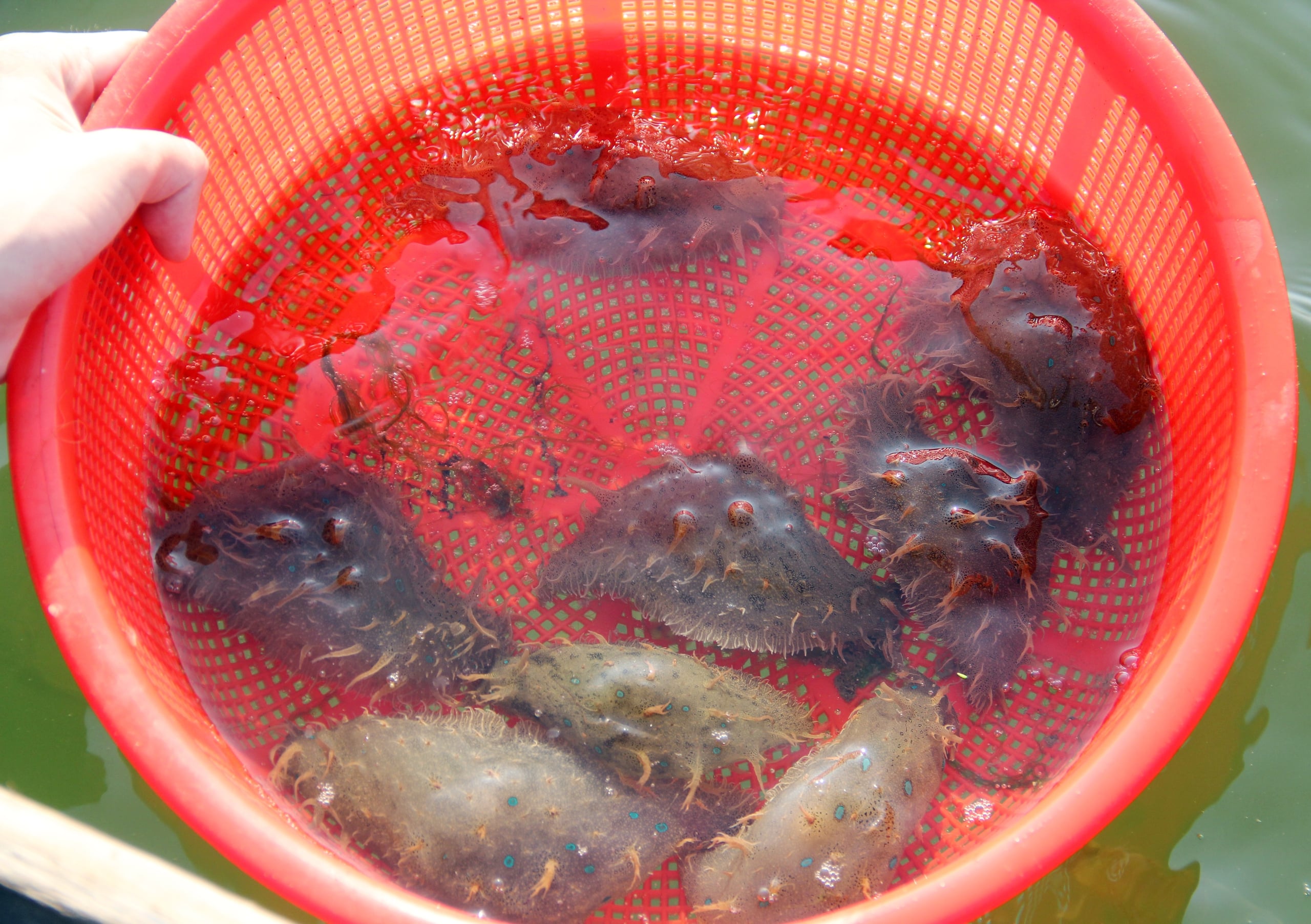
Mother vermicelli is only used for reproduction, people do not eat it, so after catching it, it is often released back into the water to continue producing baby vermicelli.
PHOTO: HAI YEN
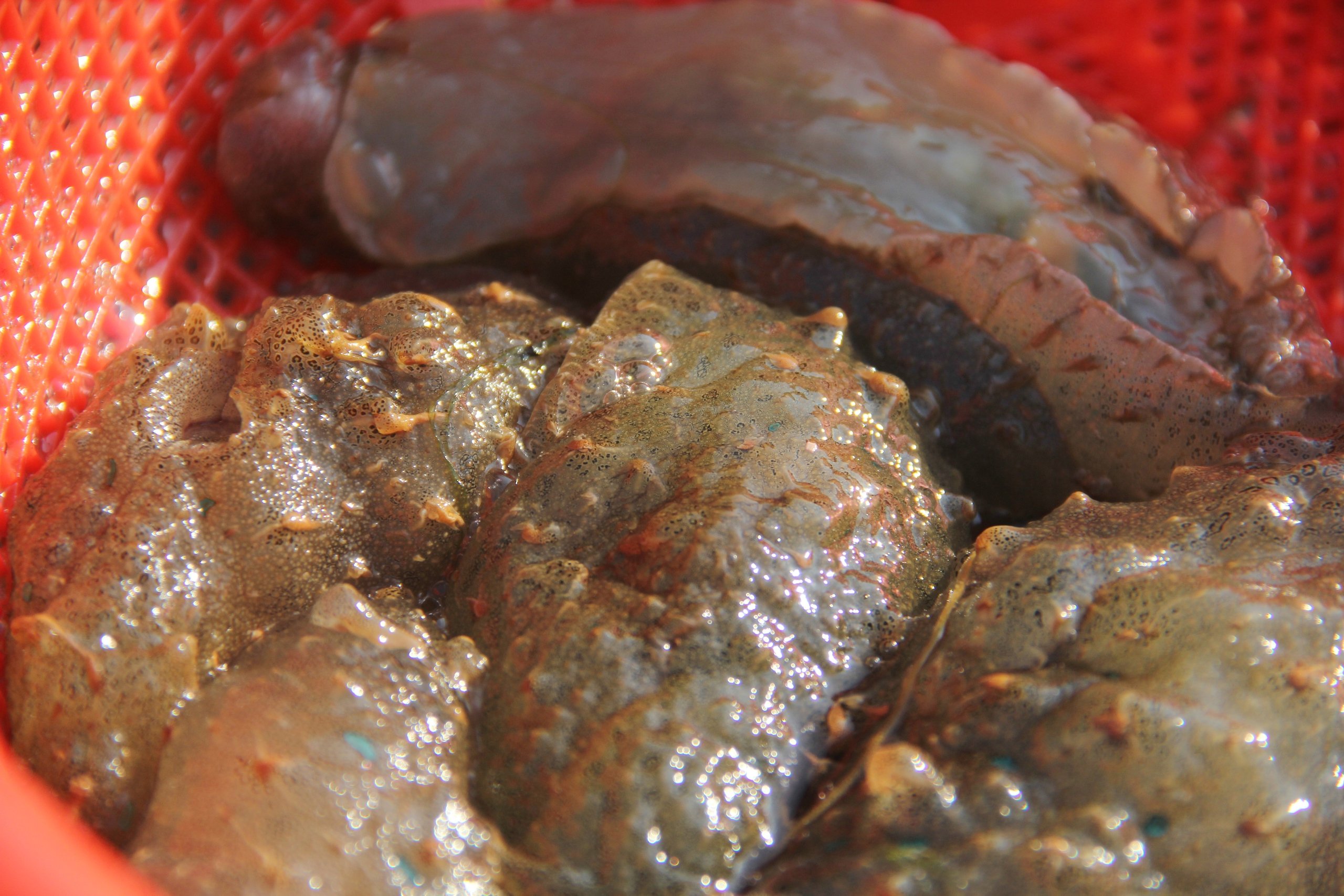
Mother's vermicelli is opaque gray, has soft spines around it, and instinctively secretes a purple-black liquid when touched.
PHOTO: HAI YEN
"Only in clean water areas like the Cu De River can there be mother vermicelli. The biggest one I've ever seen was about a hand's length. No one knows where the mother vermicelli or "sea rabbit" comes from, but after laying many clutches of eggs, the mother vermicelli will self-destruct and dissolve in the water. And from the clutches of eggs, the baby vermicelli, called Cu De River vermicelli, can be made into very delicious dishes," said Mr. Nguyen Cua (residing in Group 35, Hoa Hiep Bac Ward, Lien Chieu District).
Rustic dishes become tourist specialties of Cu De River
Previously, Cu De river noodles were mainly used by locals in their daily meals, stir-fried with garlic and chili, cooked in soup, and best of all mixed in salads... The crunchy taste of the river noodles permeated with rustic spices has become an unforgettable flavor for many locals.
Recently, the story of this special aquatic species and unique dish has become known to many tourists, who come to Cu De River to witness the scene of scooping noodles, learn about river culture and enjoy this unique dish.
Mr. Dang Mai Thanh Minh (residing in group 35 Thuy Tu, Hoa Hiep Bac ward) shared: "Mother noodles appear every second lunar month, then give birth to baby noodles. Recently, there are more and more tourists, especially those who like to experience local culture, so fishermen sell a lot, it is cool and refreshing to eat in the summer."
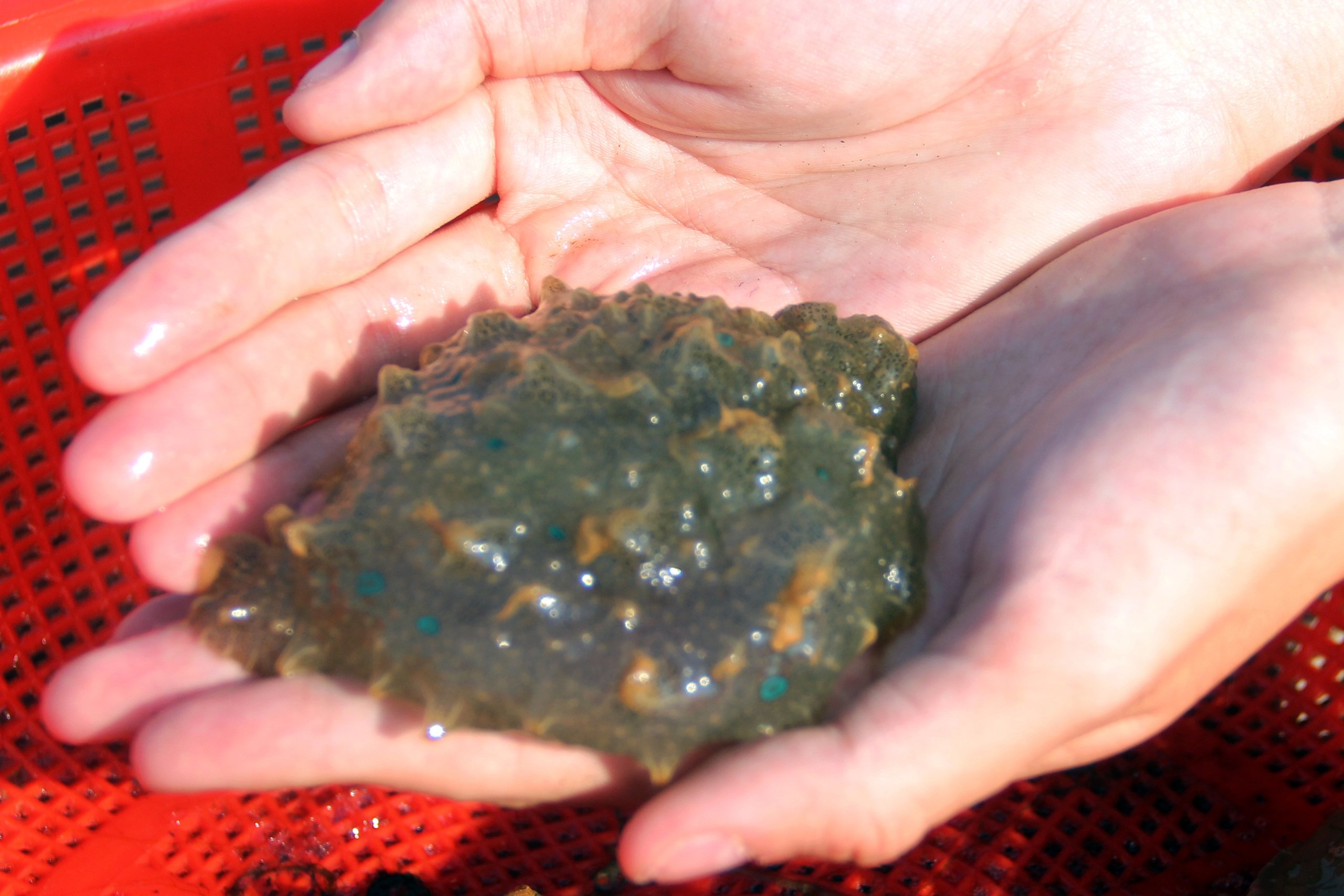
Bun me is a mollusk that eats plankton underwater, and is locally known as "sea rabbit".
PHOTO: HAI YEN
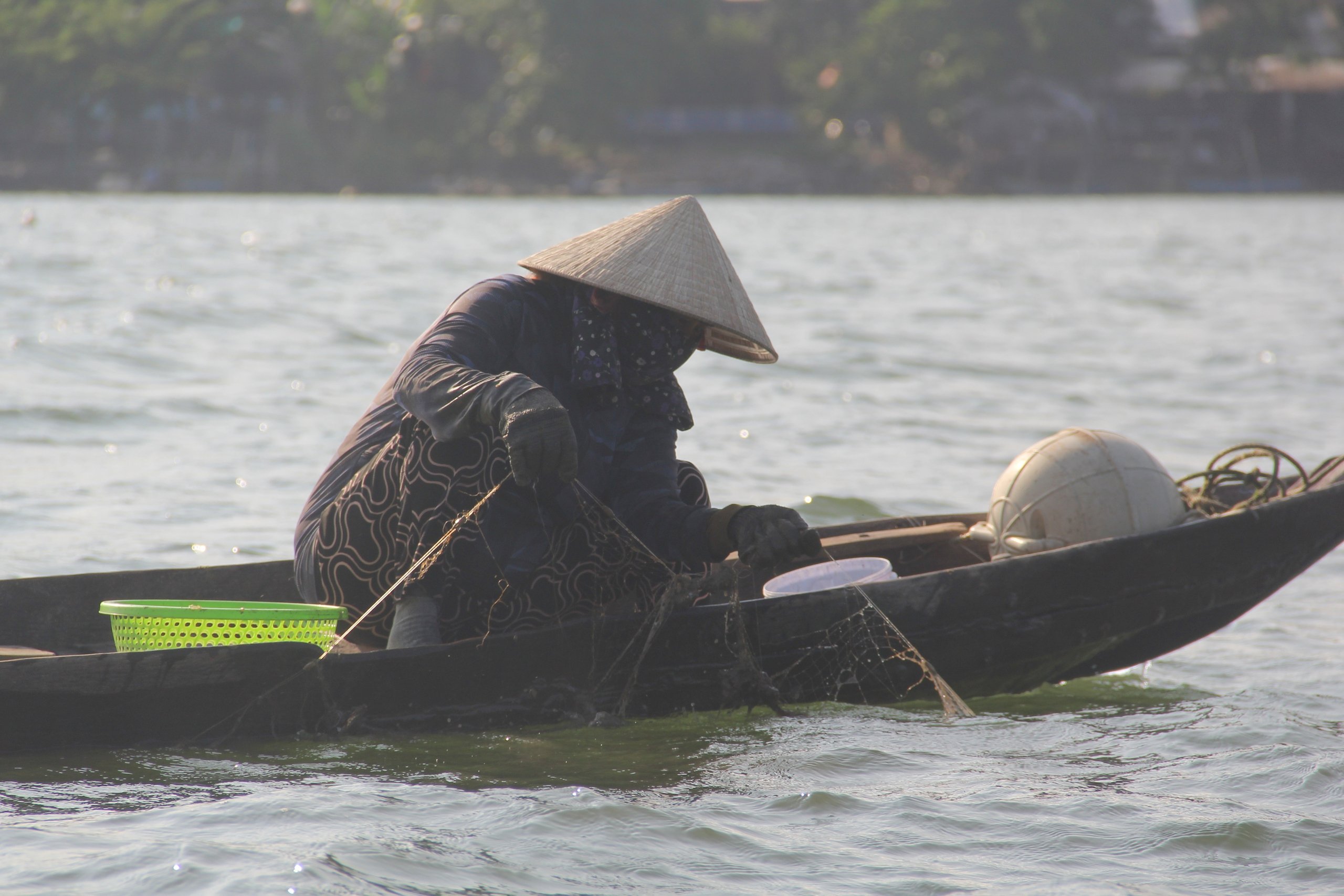
River bun have the habit of reproducing in places with many obstacles, so besides diving, people can cast nets to catch them.
PHOTO: HAI YEN
When the weather is favorable, fishermen can catch 20-30 kg of river vermicelli per day. The current selling price of river vermicelli is from 100,000-120,000 VND/kg, hard-working households can earn 20-30 million VND/month during the peak season.
Mr. Tran Cong Nguyen, Vice Chairman of Lien Chieu District People's Committee, said that in the development orientation of Lien Chieu District and the northwestern area of Da Nang City in general, Cu De River plays an important role along with the Nam O ecosystem, Hai Van Pass, Da Nang Bay...
In particular, Cu De River and neighboring areas will develop in an ecological direction, preserving identity and traditional cultural values, associated with the lives of fishermen and local livelihoods.
Here, the Nam O fish sauce making profession has been recognized as a national intangible cultural heritage (since 2019). Now, spreading the specialty of river noodles not only brings joy from a good income to the people but also gives the traditional dish the opportunity to appear on the culinary map - a tourism spearhead that the city is focusing on developing.
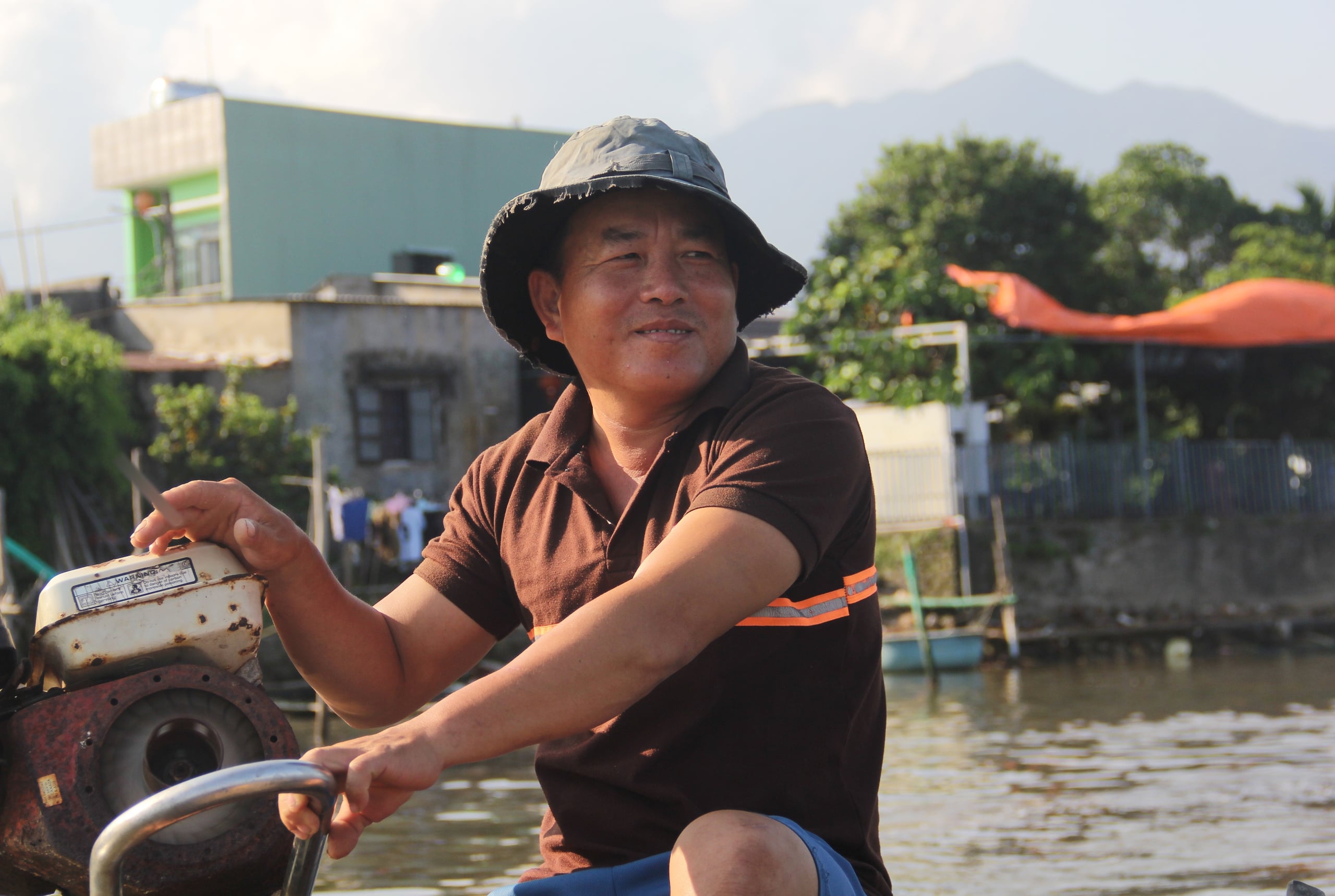
After 2 days of fishing, Mr. Dang Mai Thanh Minh (residing in group 35 Thuy Tu, Hoa Hiep Bac Ward, Lien Chieu District, Da Nang City) drove his boat out to the river to remove the vermicelli.
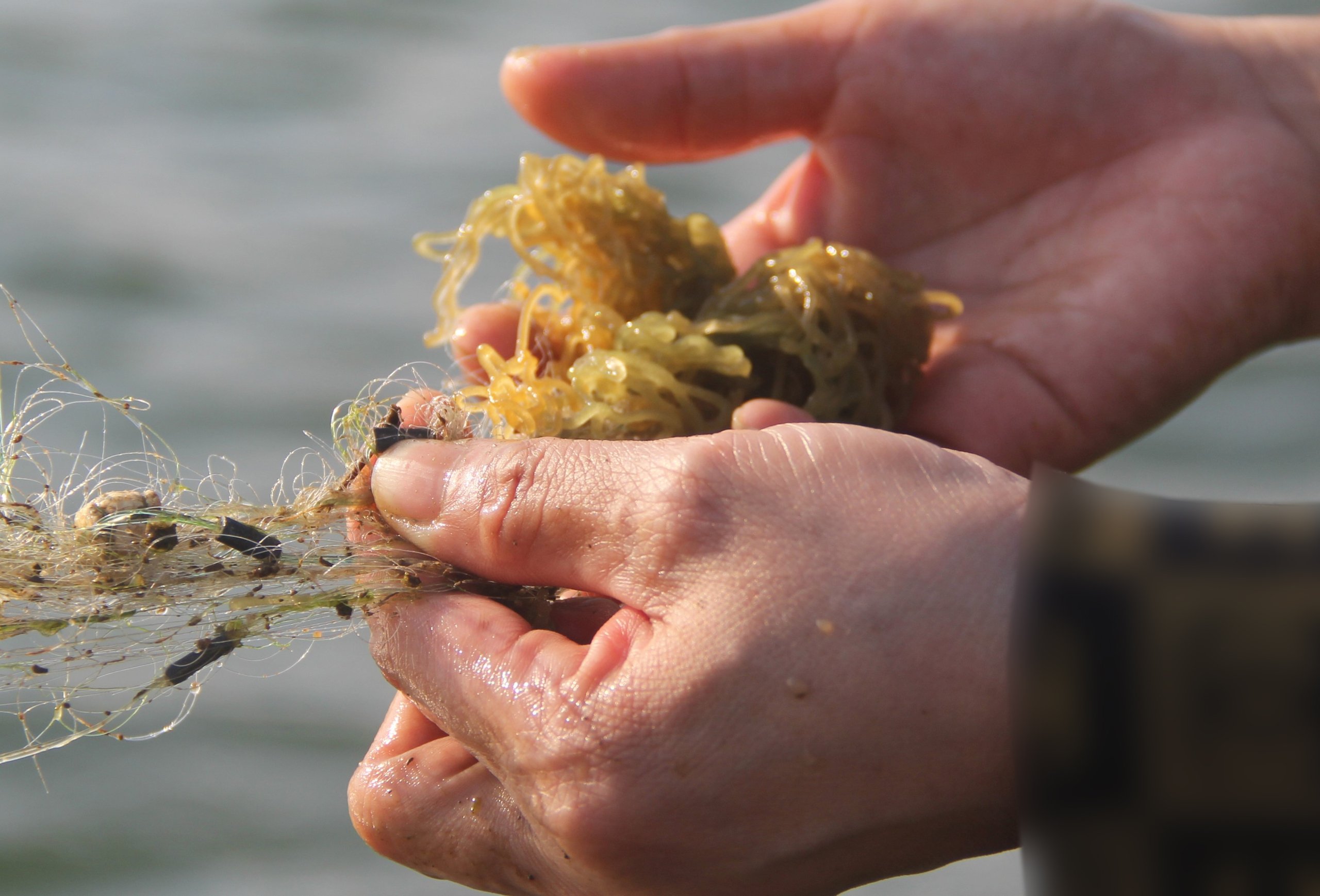
Ms. Nguyen Thi Hien (residing in group 35 Thuy Tu, Hoa Hiep Bac ward) removes baby vermicelli caught in the net.
PHOTO: HAI YEN
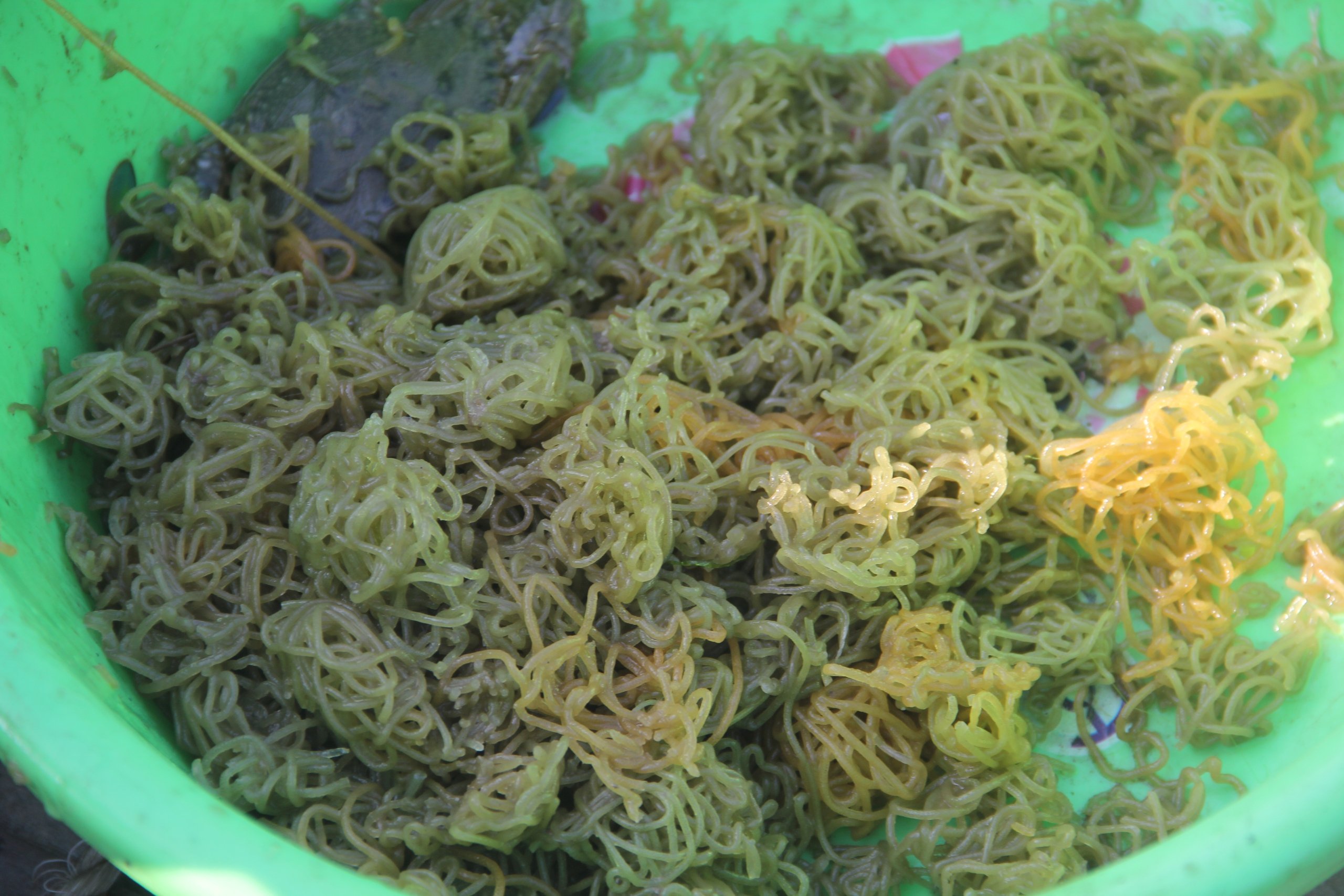
This product is long and curled like vermicelli, so the locals named it. The river vermicelli is light green in color. When caught in the net and left for a long time, it will turn yellow.
PHOTO: HAI YEN
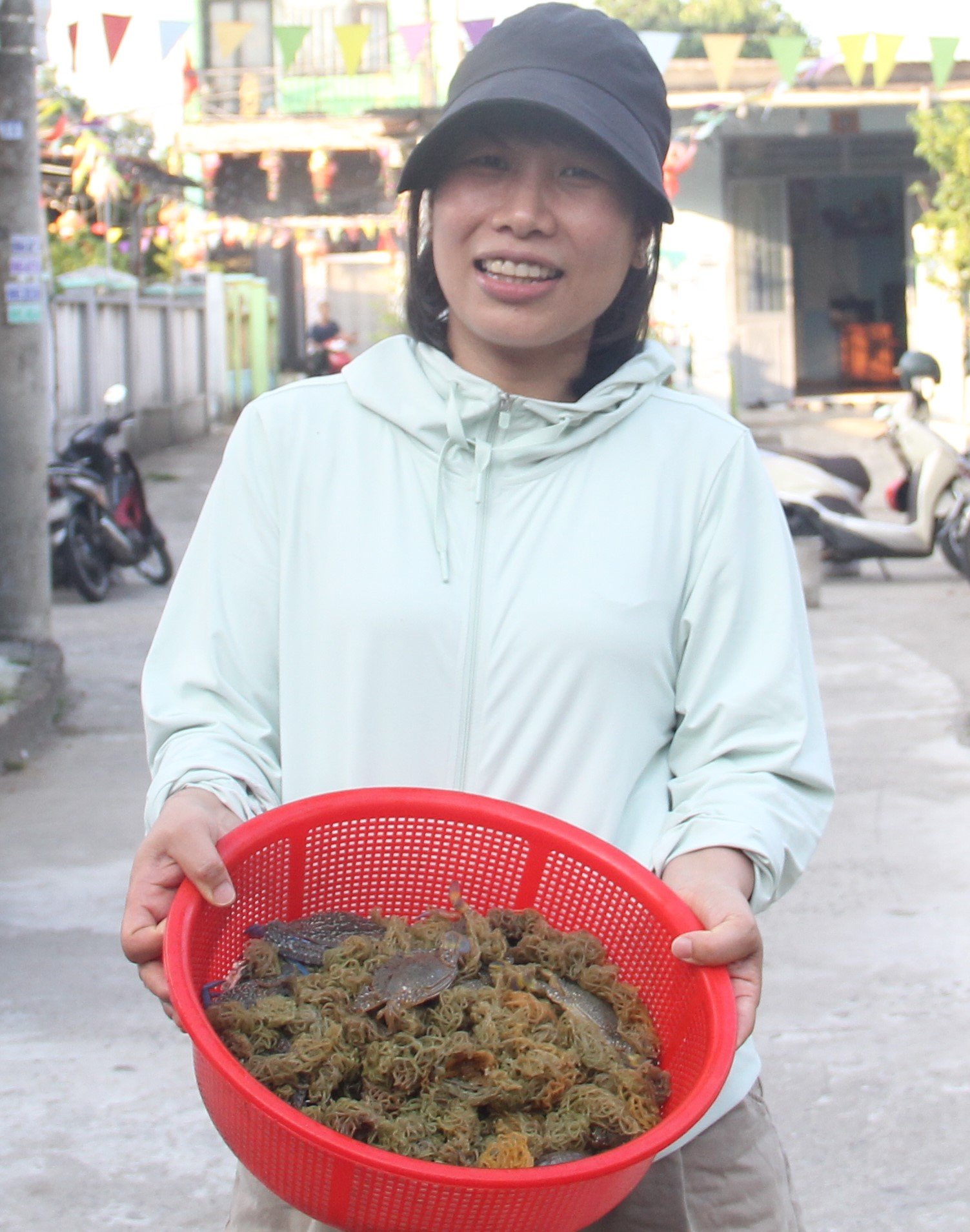
Ms. Bui Thi Thanh (residing in group 37 Thuy Tu, Hoa Hiep Bac ward, Lien Chieu district, Da Nang city) shows off the result of a basket of vermicelli noodles after more than 2 days of fishing and about 1 hour of untangling the net.
PHOTO: HAI YEN
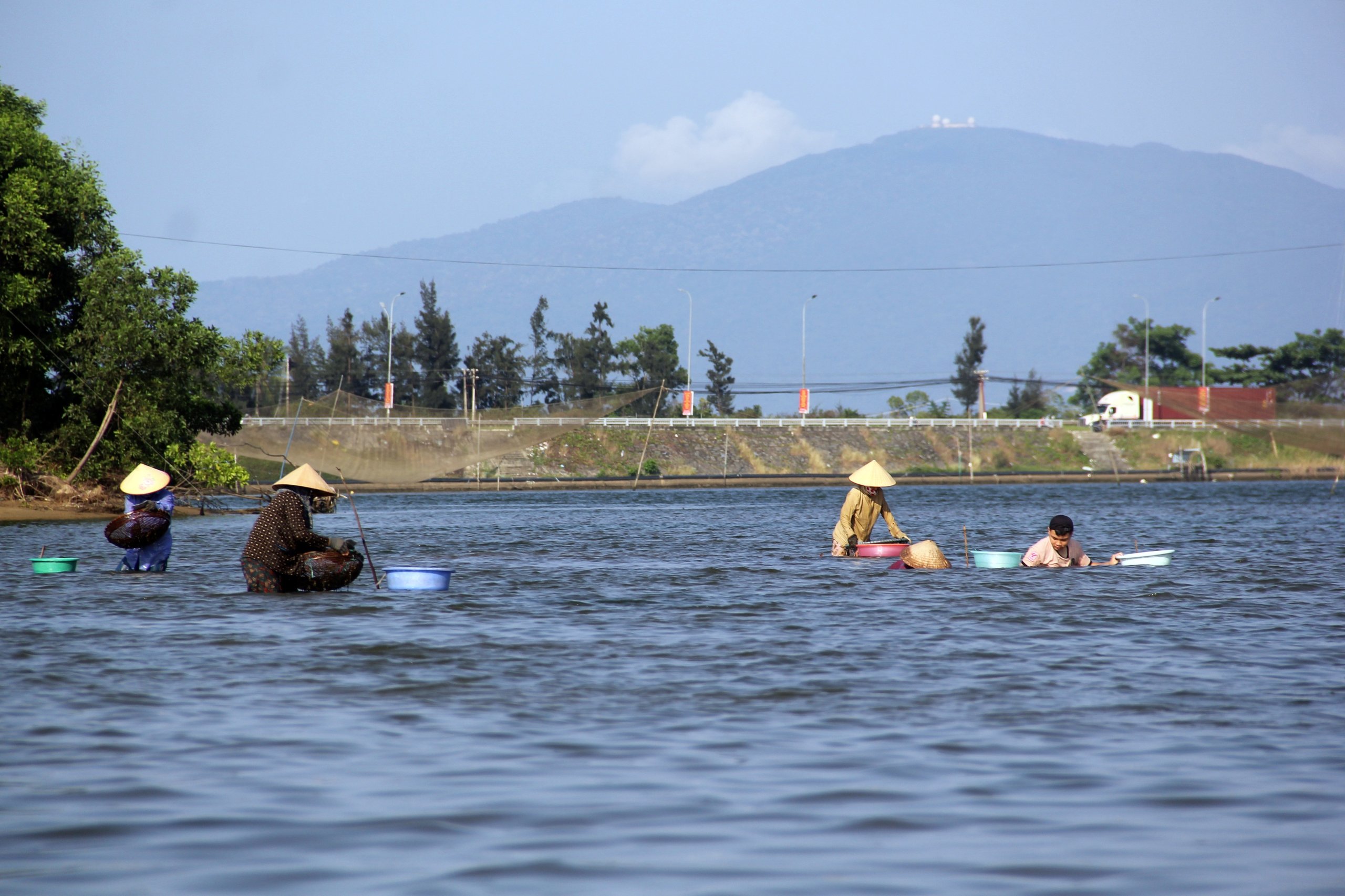
At the beginning of the season, Cu De river is quite abundant so fishermen remove their nets once a day. Now that the season is almost over, fishermen release and remove their nets twice a day.
PHOTO: HAI YEN
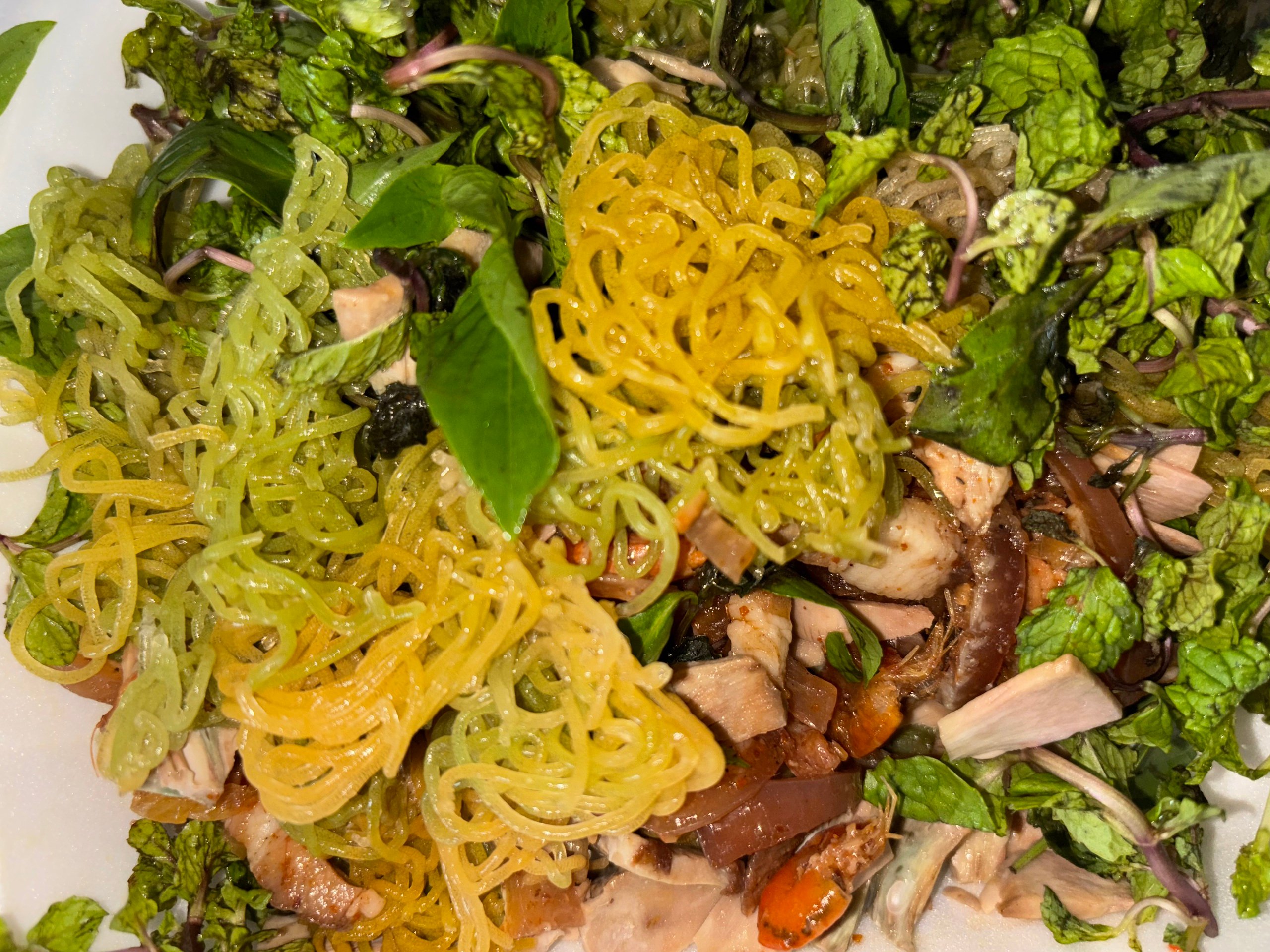
Mixed river noodles are the best, this is a specialty of the Cu De river region.
PHOTO: HAI YEN
Source: https://thanhnien.vn/ky-la-loai-tho-bien-de-ra-bun-mon-ngon-khien-thuc-khach-thich-me-185250504223522363.htm



![[Photo] Prime Minister Pham Minh Chinh receives United Nations Secretary-General Antonio Guterres](https://vphoto.vietnam.vn/thumb/1200x675/vietnam/resource/IMAGE/2025/10/25/1761390212729_dsc-1484-jpg.webp)

![[Photo] Prime Minister Pham Minh Chinh and United Nations Secretary-General Antonio Guterres attend the Press Conference of the Hanoi Convention Signing Ceremony](https://vphoto.vietnam.vn/thumb/1200x675/vietnam/resource/IMAGE/2025/10/25/1761391413866_conguoctt-jpg.webp)

![[Photo] National Assembly Chairman Tran Thanh Man receives United Nations Secretary-General Antonio Guterres](https://vphoto.vietnam.vn/thumb/1200x675/vietnam/resource/IMAGE/2025/10/25/1761390815792_ctqh-jpg.webp)
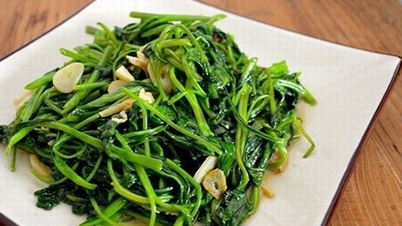

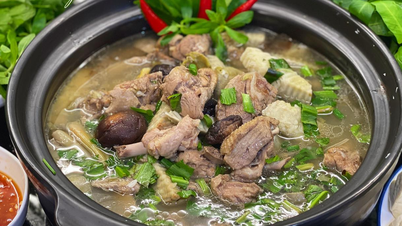

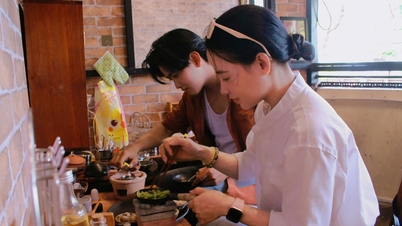
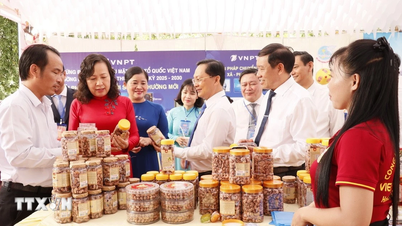
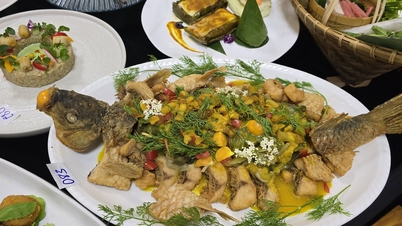






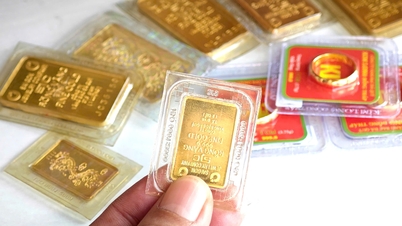
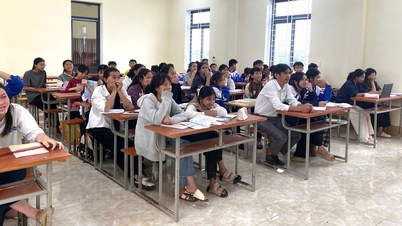















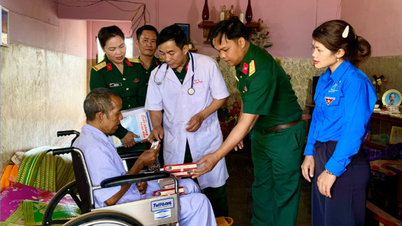



























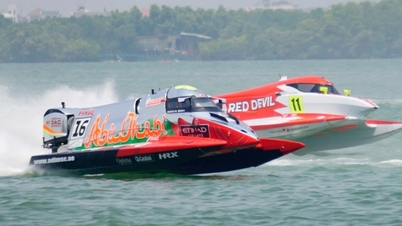



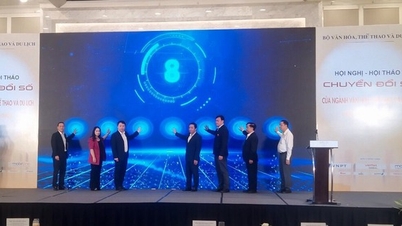
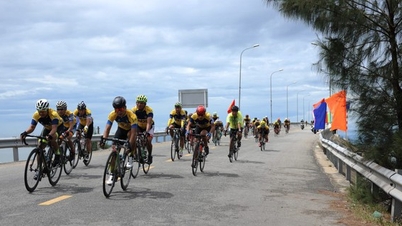


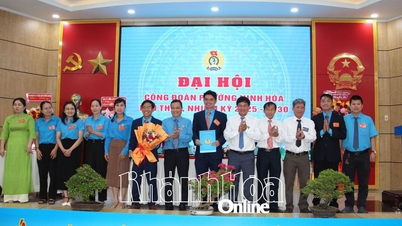

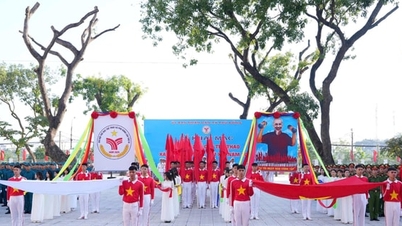

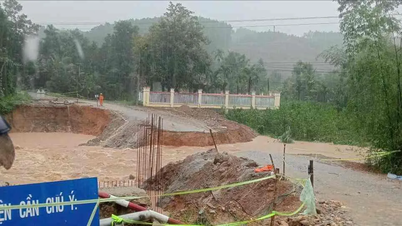
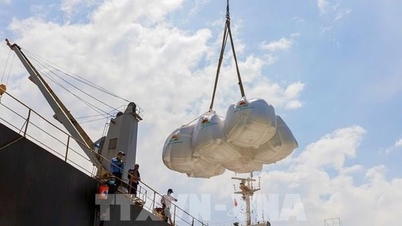

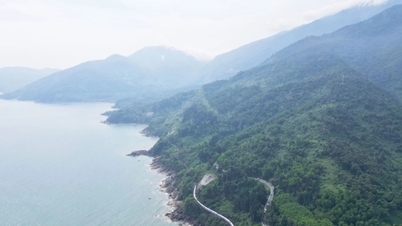

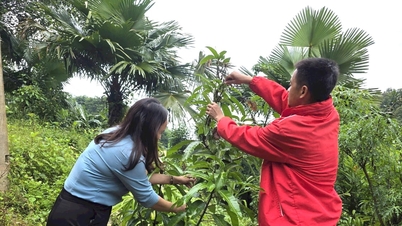
















Comment (0)